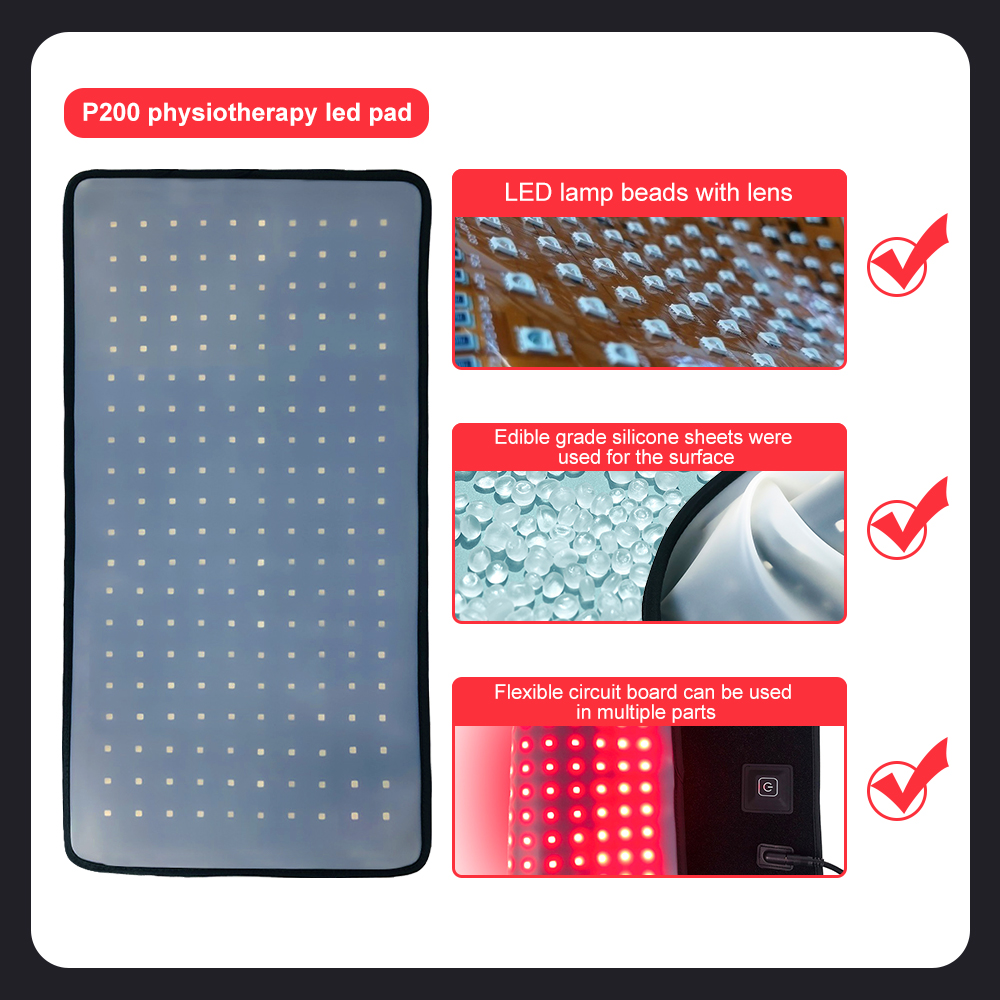Human Gastrin 17 (Gas-17) ELISA Test Kit user's Guide Detection principle The kit uses a double antibody one-step sandwich enzyme-linked immunosorbent assay (ELISA). To the coated microwells pre-coated with Gastrin 17 (Gas-17) antibody, the specimen, the standard, and the HRP-labeled detection antibody were sequentially added, and the cells were washed and thoroughly washed. Using the substrate TMB to develop color, TMB is converted to blue under the catalysis of peroxidase and converted to the final yellow color by the action of an acid. The color depth is positively correlated with gastrin 17 (Gas-17) in the sample. The absorbance (OD value) was measured at 450 nm using a microplate reader to calculate the sample concentration. Sample collection, processing and storage methods 1. Serum: Use a tube containing no pyrogen and endotoxin. Avoid any cell irritation during the procedure. After collecting the blood, centrifuge and centrifuge for 10 minutes at 3000 rpm to quickly and carefully separate the serum and red blood cells. 2. Plasma: EDTA, citrate or heparin anticoagulation. The supernatant was taken by centrifugation at 3000 rpm for 30 minutes. 3. Cell supernatant: Centrifuge at 3000 rpm for 10 minutes to remove particles and polymer. 4. Tissue homogenization: The tissue is mashed by adding appropriate amount of physiological saline. The supernatant was taken by centrifugation at 3000 rpm for 10 minutes. 5. Storage: If the sample is not detected in time after collection, please dispense it once, freeze it at -20 °C, avoid repeated freezing and thawing, thaw at room temperature and ensure that the sample is fully thawed evenly. Bring your own items Operational precautions Kit composition name 96-well configuration 48 hole configuration Remarks Microporous ELISA plate 12 holes × 8 12 holes × 4 no Standard 0.3mL*6 tube 0.3mL*6 tube no Sample diluent 6mL 3mL no Detection antibody-HRP 10mL 5mL no 20× washing buffer 25mL 15mL Dilute according to the instructions Substrate A 6mL 3mL no Substrate B 6mL 3mL no Stop solution 6mL 3mL no Sealing film 2 sheets 2 sheets no Instruction manual 1 copy 1 copy no Ziplock bag 1 1 no Note: The concentration of standard (S0-S5) is: 0, 50, 100, 200, 400, 800 pg/mL Reagent preparation Dilution of 20× Wash Buffer: Distilled water was diluted 1:20, ie 1 part of 20× Wash Buffer plus 19 parts of distilled water. Washing method Steps Result judgment Draw a standard curve: In the Excel worksheet, the standard concentration is used as the abscissa, and the OD value is plotted as the ordinate. The linear regression curve of the standard is drawn, and the concentration values ​​of each sample are calculated according to the curve equation. Kit performance Disclaimer Full Body Red Light Therapy Mat
Full Body Body Beauty Fat Loss Red Light Therapy Machine Near Infrared Light Therapy Pad Red Light Therapy Mat Pad
red light therapy mat,infrared red light lipo laser pad,infrared belt,led light therapy pads,red light therapy wrap
Function principle:
red light therapy mat,infrared red light lipo laser pad,infrared belt,led light therapy pads,red light therapy wrap Shenzhen Guangyang Zhongkang Technology Co., Ltd. , https://www.syztreatment.com
Connectable Led Light Therapy Mattress is made of silicone film and diving cloth, wrapped with flexible LED printed circuit board, excellent benefits for pain relief, muscle healing and bone repair. With Velcro fixation of multi-pads, it can be used for full body/local part of human, big dogs/horses. We can customize the light pad according to clients` request for different market.
Red light therapy, also known as photobiomodulation or low-level light therapy, is a non-invasive treatment that uses red or near-infrared light to stimulate cellular function in the body. The therapy involves exposing the skin to specific wavelengths of light, typically between 600 to 1000 nanometers, which can penetrate the skin to a depth of about 5 millimeters.
Red light therapy works by stimulating the mitochondria in the body's cells, which are responsible for producing energy (ATP). The light energy absorbed by the mitochondria triggers a series of biochemical reactions that can enhance cellular metabolism and promote various therapeutic effects.
Some potential benefits of red light therapy include:
1. Skin health: It can improve the production of collagen and elastin, leading to improved skin tone, reduced wrinkles, and acne treatment.
2. Pain relief: It may help reduce inflammation and alleviate pain in conditions such as arthritis, muscle strains, and joint pain.
3. Wound healing: Red light therapy can promote tissue repair and accelerate wound healing by stimulating cell growth and circulation.
4. Hair growth: It has shown potential in stimulating hair growth and treating conditions like androgenetic alopecia (pattern baldness).
5. Mood enhancement: Red light therapy may have positive effects on mood and mental well-being by improving serotonin levels and reducing symptoms of depression and anxiety.